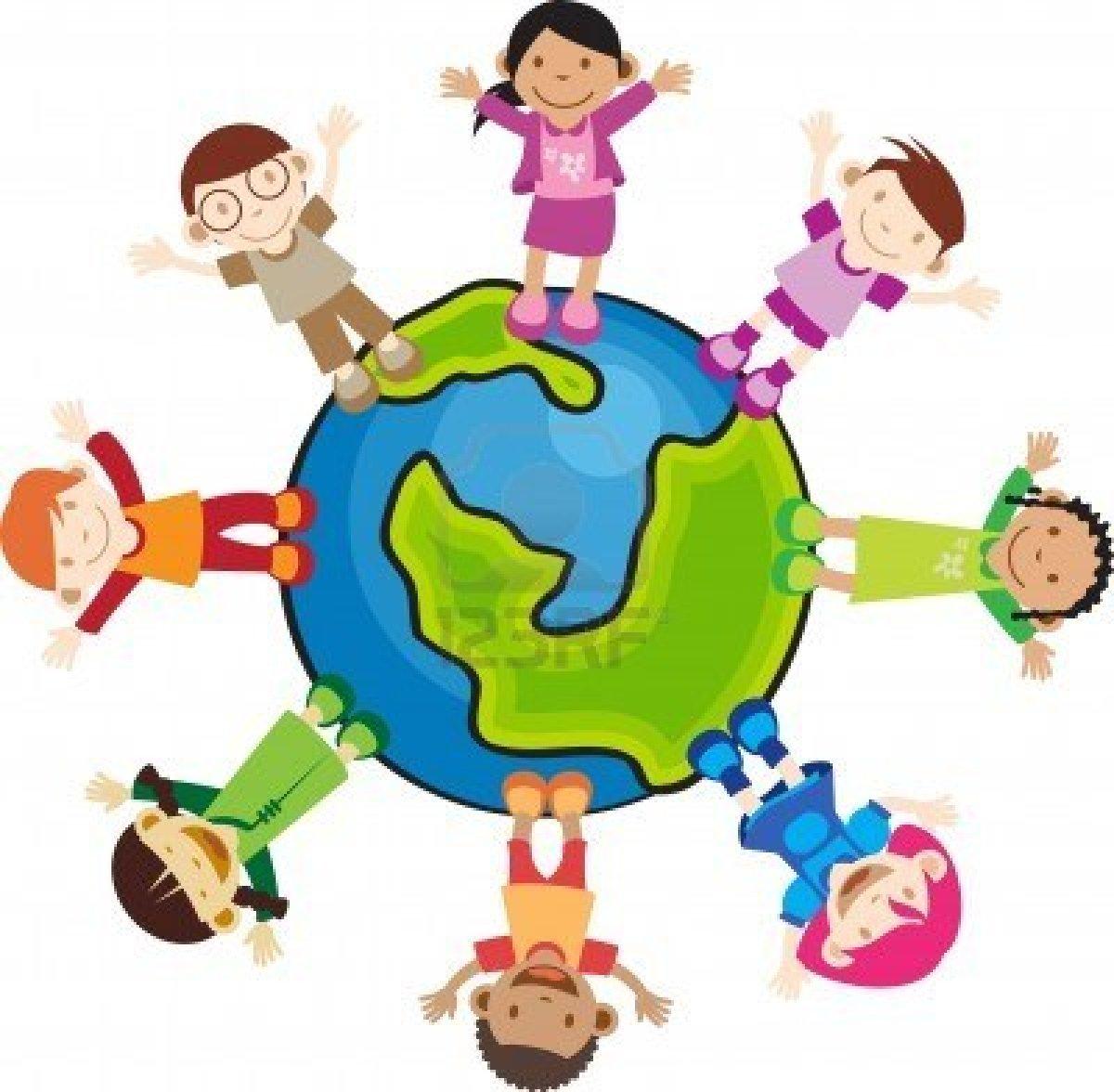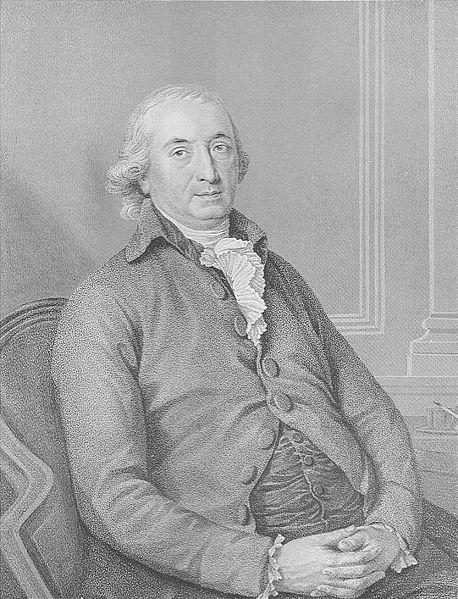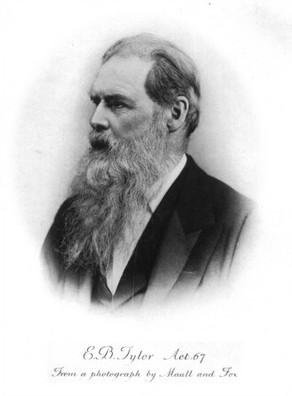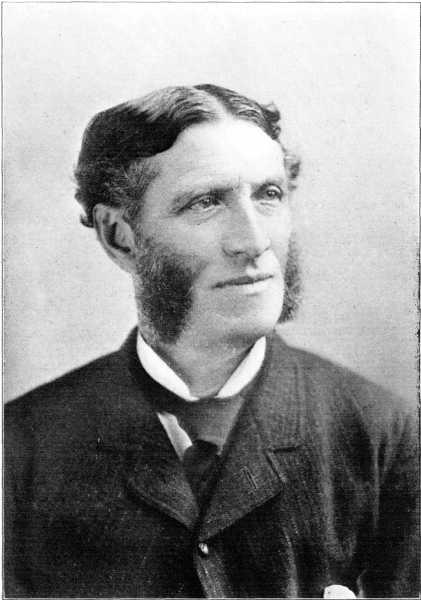
- •Theme I. Introductory course
- •1. 2. 3. 4.
- •American English
- •Differences in the spelling of American English and British English
- •What would you say?
- •Unit 2. My Biography Моя биография topical vocabulary
- •Introductory text My Biography
- •Compare
- •Remember!
- •Topical vocabulary
- •Introductory text
- •Volga State Academy of the Physical Culture, Sports and Tourism
- •Vocabulary exercises
- •Unit 4. Working Day of the Student of the Volga State Academy of the Physical Culture, Sports and Tourism Рабочий день студента Поволжской Академии Физической культуры, Спорта и Туризма
- •Topical vocabulary
- •Introductory text Working Day of the Student
- •Vocabulary exercises
- •6. 7.8.
- •Unit 5. Our English Lesson Урок английского языка
- •Topical vocabulary
- •Introductory text Our English Lesson
- •Vocabulary exercises
- •Questionnaire
- •Vocabulary exercises
- •Theme II. Tourism Unit 1. What Tourism is
- •Topical vocabulary
- •Introductory text What is Tourism?
- •Vocabulary exercises
- •Text for written translation World tourism statistics and rankings
- •Most-visited cities by international tourist arrivals
- •Unit 2. History of Tourism. Topical vocabulary
- •Introductory text History of Tourism
- •Vocabulary exercises
- •Unit 3. Types of Tourism topical vocabulary
- •Introductory text Types of Tourism
- •Vocabulary exercises
- •Text for written translation United States of America Outline of geographical position, climate, states of the usa
- •Curious reading
- •Introductory text What is culture?
- •View on culture as a process (by Mc Grew)
- •Vocabulary exercises
- •Text for written translation Language and Culture
- •Unit 2. Russian Culture
- •Topical vocabulary
- •Introductory text What Russian Culture is
- •Vocabulary exercises
- •Pattern I
- •Pattern II
- •TexTs for written translation
- •Russian Architecture
- •Modern Music
- •Russian unofficial Symbols
- •Russian Internet
- •Russian Holidays
- •Funny reading
Introductory text What is culture?
Definition. The word culture has many different meanings. For some it refers to the good literature, music, art, and food. For a biologist, it is a colony of bacteria or other microorganisms. However, for anthropologists and other behavioral scientists, culture is the full range of learned human behavior patterns. The term was first used in this way by the pioneer English Anthropologist Edward B. Tylor in his book “Primitive Culture”, published in 1871. Tylor said that culture “includes knowledge, belief, art, law, morals, custom, and any other capabilities and habits acquired by man as a member of society.”
Culture is a powerful human tool for survival, but it is a fragile phenomenon. It is constantly changing and easily lost because it exists only in our minds. Our written languages, governments, buildings, and other man-made things are merely the products of culture. They are not culture in themselves.
In order to live man, like all other species, must come to terms with the external world.... Man employs his sense organs, nerves, glands, and muscles in adjusting himself to the external world. But in addition to this he has another means of adjustment and control.... This mechanism is culture.
Layers of Culture. There are three layers or levels of culture that are part of your learned behavior patterns and perceptions. Most obviously is the body of cultural traditions that distinguish your specific society. When people speak of Italian, or Japanese culture, they are referring to the shared language, traditions, and beliefs. In most cases, those who share your culture do so because they acquired it as they were raised by parents and other family members who have it.
T he
second layer of culture that may be part of your identity is asubculture.
In complex, diverse societies in which people have come from many
different parts of the world, they often retain much of their
original cultural traditions. As a result, they are part of an
identifiable subculture in their new society. The shared cultural
traits of subcultures set them apart from the rest of their society.
Examples of easily identifiable subcultures in the United States
include ethnic groups such as Vietnamese Americans, African
Americans, and Mexican Americans. Members of each of these
subcultures share a common identity, food tradition, dialect or
language, and other cultural traits that come from their common
background and experience.
he
second layer of culture that may be part of your identity is asubculture.
In complex, diverse societies in which people have come from many
different parts of the world, they often retain much of their
original cultural traditions. As a result, they are part of an
identifiable subculture in their new society. The shared cultural
traits of subcultures set them apart from the rest of their society.
Examples of easily identifiable subcultures in the United States
include ethnic groups such as Vietnamese Americans, African
Americans, and Mexican Americans. Members of each of these
subcultures share a common identity, food tradition, dialect or
language, and other cultural traits that come from their common
background and experience.
The third layer of culture consists of cultural universals. These are learned behavior patterns that are shared by all of humanity collectively. No matter where people live in the world, they share these universal traits. Examples of such "human cultural" traits include:
|
1. |
communicating with a verbal language consisting of a limited set of sounds and grammatical rules for constructing sentences |
|
2. |
using age and gender to classify people (e.g., teenager, senior citizen, woman, man) |
|
3. |
classifying people based on marriage and relationships and having kinship terms to refer to them (e.g., wife, mother, uncle, cousin) |
|
4. |
raising children in some sort of family setting |
|
5. |
having a sexual division of labor (e.g., men's work versus women's work) |
|
6. |
having a concept of privacy |
|
7. |
having rules to regulate sexual behavior |
|
8. |
distinguishing between good and bad behavior |
|
9. |
having some sort of body ornamentation |
|
10. |
making jokes and playing games |
|
11. |
having art |
|
12. |
having some sort of leadership roles for the implementation of community decisions |
|
Johann Herder called attention to national cultures |
Adolf Bastian developed a universal model of culture |
|
Edward Tylor British anthropologist was one of the first English-speaking scholars to use the term culture in an inclusive and universal sense |
Matthew Arnold British poet and critic viewed "culture" as the cultivation of the humanist ideal |




